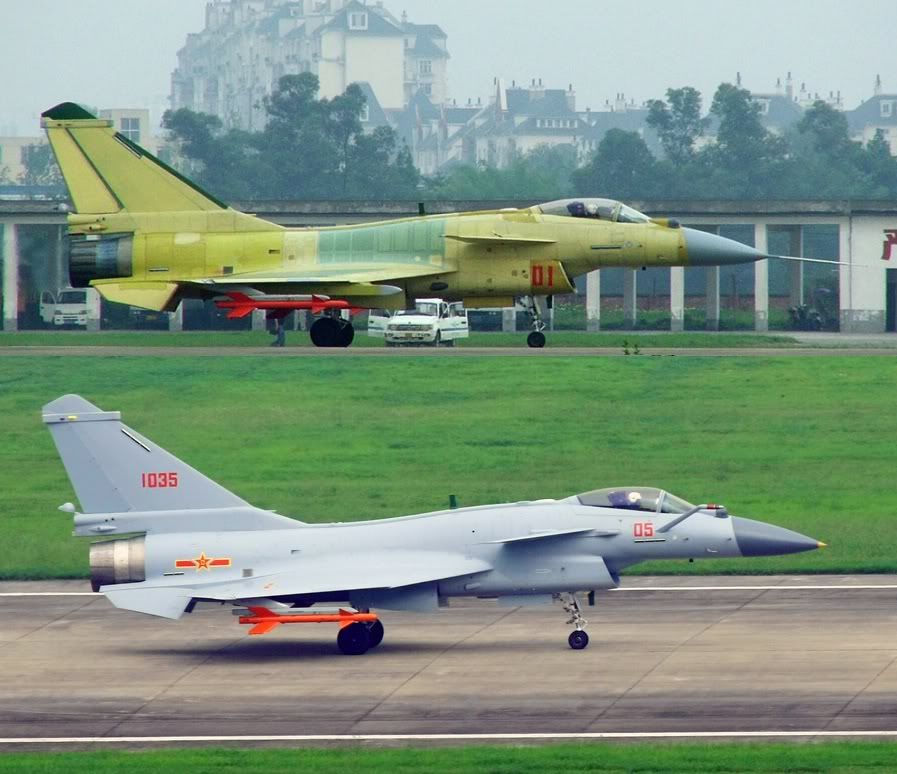There is, as the gap is not straight.
That is just an aerodynamic measure to deal with the curve on the intake so as to to not present any jagged edges which would increase drag, and probably RCS as well.
If you look at photos on the J20, you can see that that little extension does not go beyond the root of the canard, and the 'hinge' on the canard is not obscured at all by that extension.
The bulge on the J10B looks to completely block the root of the canard, and thus would shield the 'hinge'.
However, with its flat surfaces and bulky design, it is really hard to see how that would present much RCS reduction compared to a tiny bit of the 'hinge' barely visible between the canard and the root of the J10A.
The likely explanation for its size is that it is a design afterthought.
So why was it not on the first flying J10B prototype?
The first prototype is the aerodynamic testbed. If this was purely an RCS reduction measure, then it would be an aerodynamic design and should have been presented on the first prototype.
However, we are only seeing it on the number 5 bird, which just happens to be the one with the operational avionics suit, and it just cements my belief that this is a new housing for a new piece of avionics.
If they wanted the structure purely for RCS/drag reduction reasons, they would not have chosen such a boxy design and would have gone with a more streamlined and contoured design. Just using a half arrowhead design would have been far more simple and much more effective at reducing drag and RCS.

